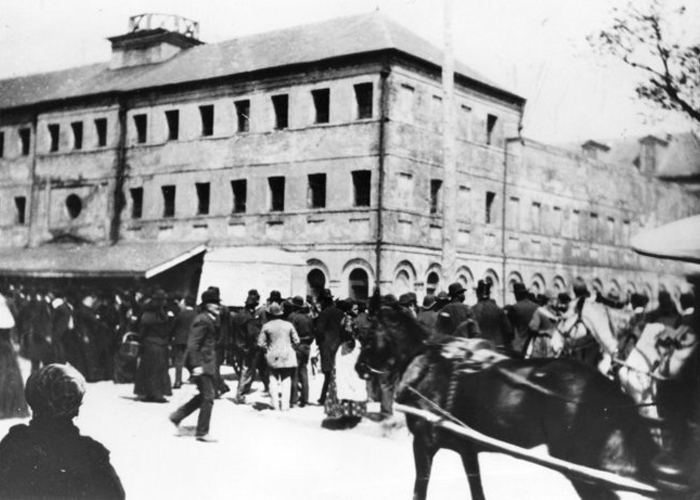It is no secret history that Italians faced intense discrimination when they first immigrated to the United States in the 19th century. But it is perhaps lesser known that Italian immigrants were also the victims of mass lynchings by bigoted mobs who considered them to be “racially suspect.” The majority of these Italian immigrants heralded from the south of Italy and had naturally darker skin tones, a fact that not only subjected them to prejudice in their own country, notably from northern Italians but also firmly lumped them into the category of “non-whites” upon arriving in America.
Italians were sometimes shut out of schools and movie houses and were also consigned to church pews that were typically set aside for black people. They were considered to be a wholly separate, criminal race, automatically suspected of Mafia connections, and were branded with slurs like “dago, and “guinea,” the latter of which was a term also applied to enslaved Africans and their descendants. And, according to a New York Times opinion, they were also referred to as “white niggers,” and “nigger wops.”

For most of the 19th century, Italian immigrants, despite their strong faith and hard-working mentality, were considered to be the dangerous “ other,” and were subjected to, although to a lesser degree than the black men who inhabited the country’s Southern states, mass lynchings. The bloodiest lynching instant took place in New Orleans in March 1891.
At the time, New Orleans was home to more Italian immigrants than any other state in the south. Between 1884 and 1924, some 300,000 Sicilian immigrants settled in New Orleans’ French Quarter, which earned the area the nickname of “Little Palermo.” The 1891 incident began with the murder of the city’s beloved police chief who was gunned down while walking home from work. As he lay dying in the street, a witness asked him who did it and the police chief allegedly whispered a slur for Italians.
His accusation incensed anti-Italian sentiment in the city, and hundreds of Italians were rounded up by police. Eventually, 11 Italians were tried, and were found to be not-guilty. News of the trial spread like wildfire, and soon a mob of 10,000 strong, joined by many of the city’s prominent citizens, swarmed the jail and dragged the Italians from their cells. They were lynched, shot, and mutilated by the mob. Their desecrated corpses were hung and displayed to a jeering crowd, and reports evidence that some of the bodies were eagerly plundered by the mob for macabre souvenirs.
Asia London Palomba
Asia London Palomba is a trilingual freelance journalist from Rome, Italy. In the past, her work on culture, travel, and history has been published in The Boston Globe, Atlas Obscura, The Christian Science Monitor, and Grub Street, New York Magazine's food section. In her free time, Asia enjoys traveling home to Italy to spend time with family and friends, drinking Hugo Spritzes, and making her nonna's homemade cavatelli.

